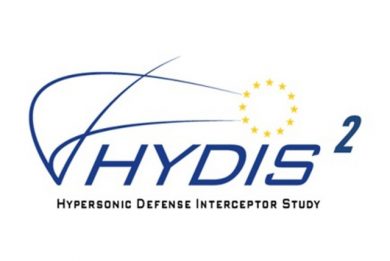
Tailored solutions for Colombian Air Defence by MBDA
The air defence subject seems definitely to be one of the key issues of Expodefensa 2019, GBAD champions lining up for the contest, MBDA, the European missile company, being obviously one of them.
Both the Colombian Air Force and Army should soon issue their requirements in the GBAD field, the former looking apparently on a medium-long range system while the latter aims at shorter range solutions.
“Our analysis takes very much in count the country orography, its high mountains and deep valleys making it difficult to have a wide coverage at long range with radars,” Patrick de La Revelière, MBDA’s Vice President for Latin America and Canada tells EDR On-Line. Installing radars on top of a mountains makes it an obvious target, an airborne solution being then required, budgets needed to acquire such capabilities being thus on the rise.
“MBDA is proposing a gradual offer starting from its VSHORAD solution, the Mistral, increasing the range to the VL-MICA, which still maintains some growth potential, then stepping to the EMADS (Enhanced Modular Air Defence Solutions) based on the CAMM-ER effector, to the longer range missile of MBDA’s portfolio, the Aster family,” de La Revelière explains.
The proposed command and control system is radar agnostic, thus it can easily exploit existing radars, and is capable to be integrated with higher echelon C2 systems as well as with lower tier VSHORAD assets. “MBDA is also ready to provide VSHORAD C2 assets capable to be interfaced with sensors of different kind, from shorter range radars to electro-optic devices,” Patrick de La Revelière tells us.

Air defence missiles are a subject also for the Colombian Navy; here the issue is linked to the programme known as Plataforma Estratégica de Superficie (PES) that should bring to the production of heavy frigates. Due to the political changing that occurred in the last 15 months it is unclear how much the PES programme remains at the top of Colombia’s defence priority list. Should the production of those units be delayed, the upgrade of the existing Almirante Padilla-class corvettes might become a solution. These were renovated with Mistral posts, which are still fully operational. “However the Colombian Navy looks at a wider coverage, thus notwithstanding which solution will be adopted, a new platform or an upgraded one, the VL-MICA might well be the solution,” the MBDA representative says. While integration in new designs would be pretty smooth, the existing corvettes were produced with inherent growth capability, the bow section being able to host vertical launchers. The depth needed to install the launcher is the critical data, the VL-MICA being provided in a container/launcher, allowing modular solutions to be adopted in terms of number of missiles. The need definitely exists, and MBDA is ready to tailor its solutions to the needs of the Colombian Navy.
But air defence does not consist only of ground based assets, fighter with their air-to-air missiles being key in maintaining the dominance of the sky. With Colombia looking for a new fighter to replace its ageing Kfir, with the recent addition of Dassault Rafale MBDA is now present on three out of four competitors, the other being Eurofighter Typhoon and Saab Gripen, with its Meteor missile being considered by many a real game-changer thanks to its ramjet propulsion system. Here again the company is waiting to see how this acquisition programme will evolve.
Photos and pictorials by MBDA and Paolo Valpolini



